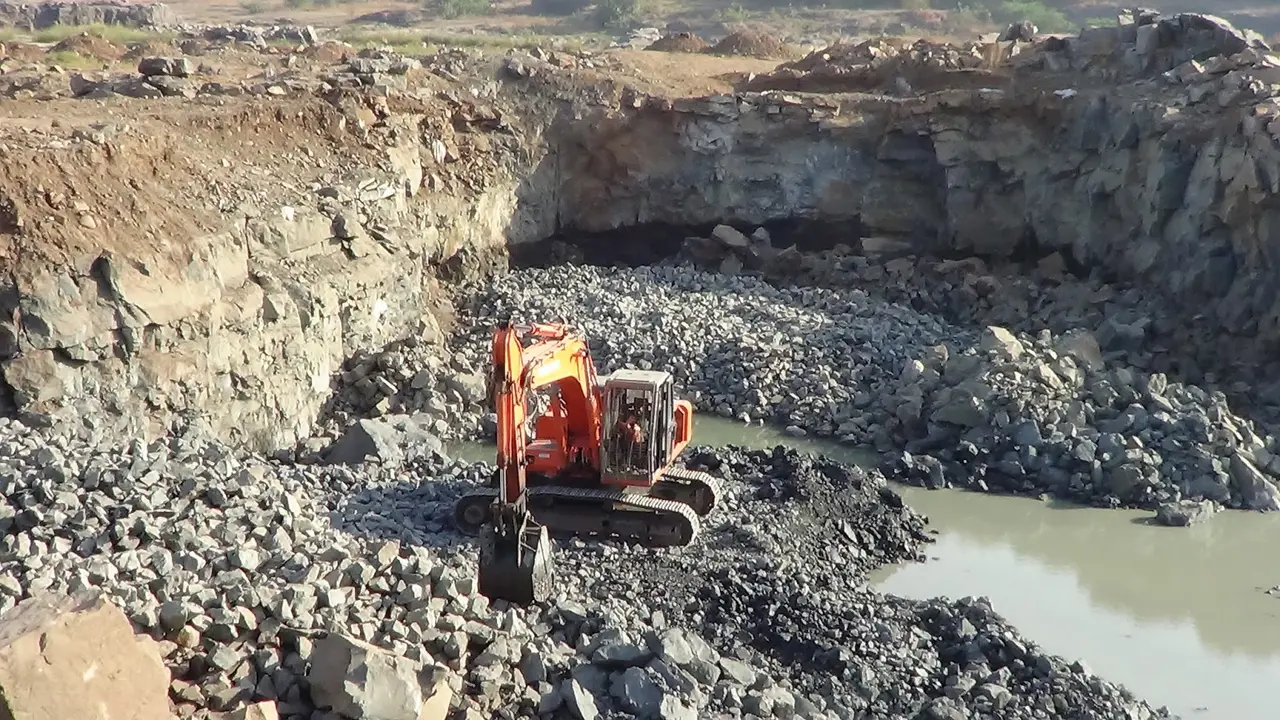Limestone plays a crucial role in various sectors of the economy, especially in regions where it is abundantly found, such as Indiana. This comprehensive breakdown of limestone’s contributions will shed light on how this sedimentary rock influences industries, job creation, and overall economic health.
Understanding Limestone and Its Properties
Limestone is a sedimentary rock primarily composed of calcium carbonate. Its unique properties make it an invaluable resource, not only for construction but also for various manufacturing processes. This rock can take different forms, such as chalk, travertine, and even marble, showcasing its versatility. Commonly found in Indiana, limestone is often a key material for local builders.
One of the foundational reasons for limestone’s popularity lies in its abundance. In states such as Indiana, vast deposits facilitate easy extraction, making it readily available for numerous uses. The unique characteristics of limestone—its durability, aesthetic appeal, and adaptability—allow it to function in a multitude of roles. From units of aggregate in road construction to decorative facades in architecture, its presence significantly influences economic activity.
The Contribution to the Construction Industry
Limestone is an essential component in cement production and aggregates for concrete. Its fundamental role helps to stabilize infrastructure projects, which are vital for community development. As cities expand and populations grow, the demand for limestone continues to surge, directly benefiting economies—especially in limestone-rich areas like Indiana.
Moreover, the use of Indiana limestone in architectural projects and high-profile constructions has elevated its status even further. Renowned for its beauty and strength, it can be seen gracing the facades of historic buildings and modern structures alike. Through the integration of limestone in such projects, not only is the local aesthetic enhanced, but jobs are created, and economic activity is stimulated.
Additionally, the aggregates derived from limestone are crucial for producing durable asphalt and concrete. These materials serve as the backbone for infrastructure, including roads, bridges, and public facilities. Consequently, the construction industry not only relies on limestone for its foundational materials but also directly correlates its health to the strength of the local economy.
Influence on Agriculture and Soil Health
In agriculture, ground limestone is applied to fields to improve soil pH and nutrient availability. This practice not only enhances crop yields but also supports the agricultural economy, especially in limestone-rich regions. Farmers often find that by adjusting soil acidity with limestone, they can significantly improve the growth and health of their crops.
Importantly, the benefits of limestone in agriculture extend beyond mere production increases. Healthier soil promotes biodiversity, positively influencing the overall ecosystem. As Indiana farmers utilize limestone-based soil amendments, they’re not only improving their immediate environment but also contributing to sustainable agricultural practices that ensure long-term viability and productivity.
Job Creation and Economic Growth
The limestone industry creates numerous jobs, from quarrying to processing, contributing to local economies. In regions where limestone deposits are abundant, such as Indiana, entire communities can thrive thanks to this vital resource. The employment opportunities range from skilled labor in the quarries to positions in transportation and logistics, amplifying the economic benefits across multiple sectors.
Furthermore, the economic impact of the limestone industry isn’t confined to direct job creation. Local businesses, including supply shops and service providers, also experience a boost due to the demands of limestone production. This ripple effect highlights the interconnected nature of industries and the essential role limestone plays in job diversification and economic resilience.
Sustainability and the Future of Limestone Mining
As demand for limestone continues, the importance of sustainable mining practices becomes paramount. This section discusses the balance between economic benefit and environmental stewardship. Mining practices that prioritize sustainability can ensure that limestone remains a viable resource for generations to come. It’s essential that companies adopt practices that minimize environmental impact while maximizing efficiency.
Innovative technologies in the limestone mining industry are paving the way for environmentally friendly extraction methods. It’s encouraging to see companies investing in research and development that not only enhance productivity but also reduce waste and restore mined areas. As we move forward, the adoption of these practices will be critical to align economic growth with the principles of sustainability.
Ultimately, the focus on sustainable extraction will also resonate with consumers, who are increasingly concerned about the sources of the materials they use. By demonstrating a commitment to sustainability, the limestone industry can not only secure its longevity but also bolster its reputation as a responsible contributor to local and global economies.
